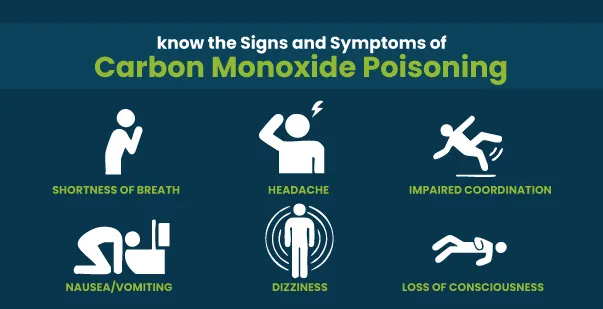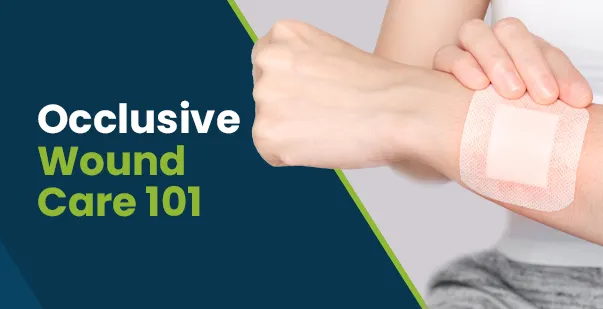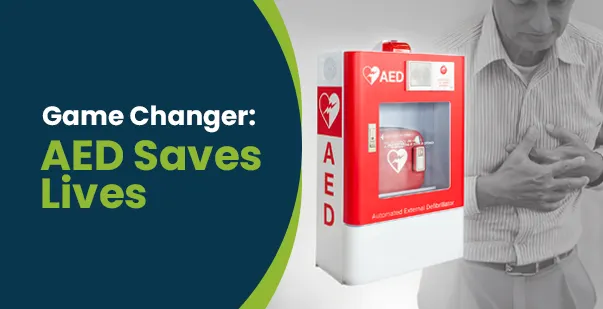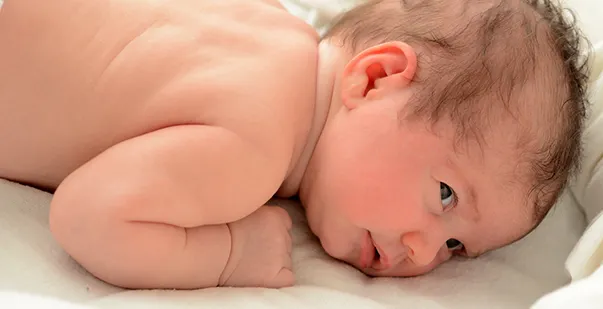
CPR, First Aid, BLS, ACLS, PALS certifications.
American HealthCare Academy’s posts are updated regularly for each state’s healthcare professionals. Browse the CPR certification, ACLS/BLS/PALS, and First Aid content to learn more.

Carbon monoxide poisoning is a serious condition that can happen without warning. This invisible, tasteless, and odorless gas can be deadly if inhaled in large

Skin is the body’s largest organ, which protects from infections, injuries, and harmful substances. When injured, even a small wound can disrupt this protective barrier,

Ah, spring! The time when flowers bloom, birds sing, and… ACHOO! Your nose starts running like it’s training for a marathon. But did you know

March Madness is all about high-stakes games, buzzer-beaters, and unforgettable moments, but it’s also a time when emotions run high, and health emergencies can strike

What’s worse than a Monday morning? A Monday morning that involves you losing an hour of sleep! Every year, Daylight Saving Time (DST) leaves millions

Throughout history, women in CPR have pioneered life-saving techniques and reshaped emergency care in the United States. The percentage of women in the U.S. emergency

Every year, thousands of athletes and accident victims experience avulsion injuries, resulting in prolonged recovery times and, in severe cases, permanent complications. These injuries occur

When someone experiences a hit to the head, their brain may bump against the skull, affecting brain function temporarily. This can lead to symptoms like

Each year in the US, electrical accidents result in approximately 400 deaths and thousands of injuries, according to the National Safety Council. A shock from

A nosebleed, or epistaxis, is the release of blood from the tissue lining the inside of the nose. A combination of dry air and small

Every parent’s deepest wish is to see their baby grow up healthy and strong. Yet, sometimes, despite all precautions and care, unexplained tragedies can occur.